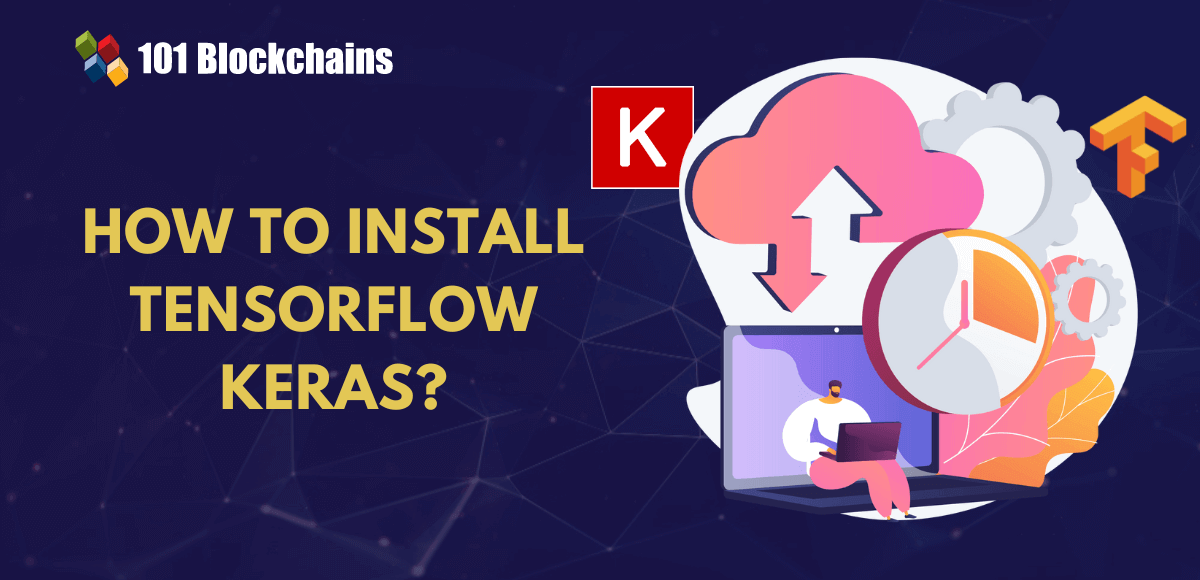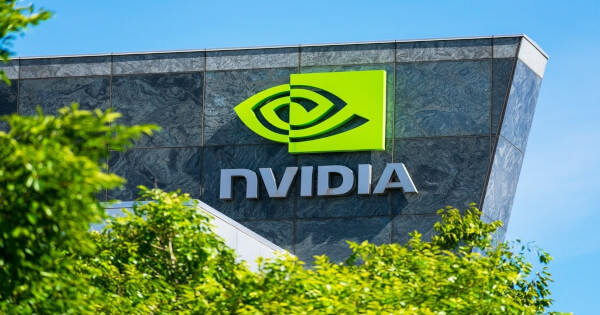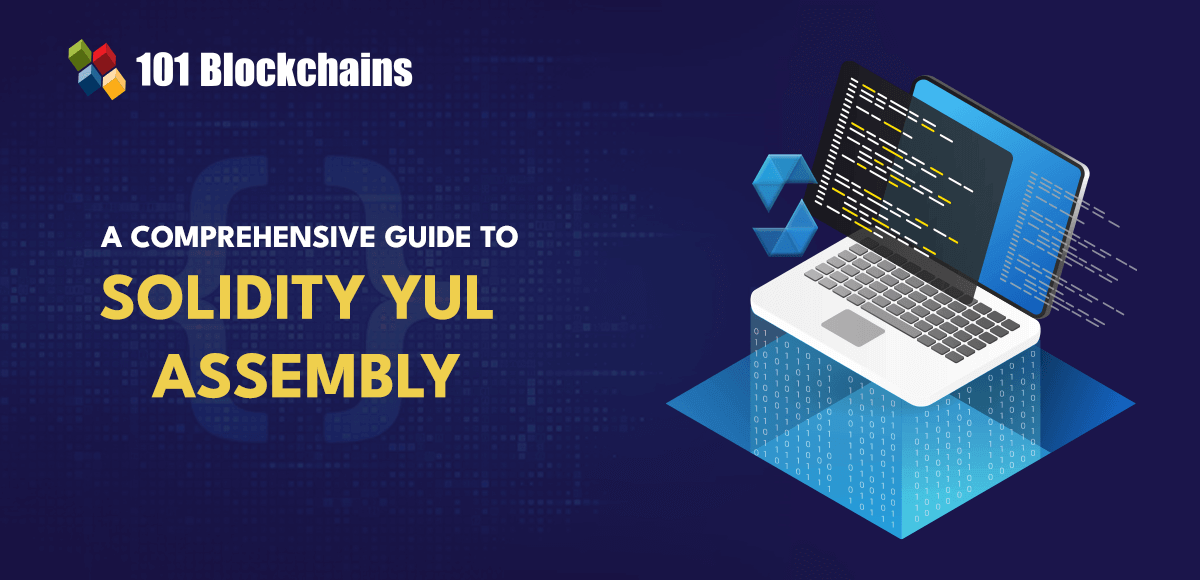TensorFlow Keras installation steps

Machine learning frameworks such as TensorFlow and Keras have revolutionized the landscape of artificial intelligence. This framework helps machine learning and deep learning engineers take on new projects without worrying about the technical aspects. Interestingly, we cannot compare TensorFlow and Keras because Keras acts as a wrapper for the TensorFlow framework. You can install TensorFlow Keras together and get the most out of both frameworks.
Keras is a trusted tool for machine learning experts using Python. It works by leveraging schemes and models to guide the distribution and transformation of data. Machine learning involves processing information through programmed data, making specific decisions based on that specific data. Let’s learn more about the prerequisites and important steps to install Keras with TensorFlow.

What are the prerequisites for installing Keras?
Best practices for installing TensorFlow Keras on your system first focus on prerequisites. You will need a server that provides root level access. Another important requirement for installing Keras is installing TensorFlow. You can choose CentOS 7 as the default operating system for the installation process.
What are the steps to install Keras with TensorFlow?
Answers to questions like “How do I install TensorFlow and Keras?” It guides you through a systematic process involved in installing the necessary dependencies. To install Keras, you first need to install Python and TensorFlow.
install python
Python is an important requirement for installing Keras. The main reason to install Python is because Keras is a Python-based framework. To install Keras, you must select the latest version of Python. Below is an overview of the steps you need to follow to install Python 3, the latest version of Python.
-
Environment updates
You must ensure that you have an updated environment that includes all required packages. The command to update the environment is:
(root@centos7 ~)# yum update –y
After updating your environment, you can install Python 3 using the following command line:
(root@centos7 ~)# yum install -y python3
Another alternative to the answer to “How do I install TensorFlow and Keras?” This involves using the Pip Python package manager. This might help you install a Python package manager along with Python 3 packages.
-
Check Python installation
After installing Python 3, it is important to ensure that your installation is usable and stable. So you can use the Python 3 shell with a command like this:
(root@centos7 ~)# python3 Python 3.6.8 (default, May 30, 2024, 17:28:10) (GCC 4.8.5 20150623 (Red Hat 4.8.5-39)) on Linux Type "help," "copyright," "credits," or "license" for more information. >>>
The output shows the version of Python 3 that is on your system. Other types of command prompt characters are also provided. In some cases, you may choose a source install to install the latest version of Python.
Understand the real potential of AI and best practices for using AI tools with our AI For Business course.
Install TensorFlow
In the next step, we need to install TensorFlow compatible with Keras to proceed with the installation process. TensorFlow is a powerful backend engine that serves as a necessary prerequisite for installing Keras. Here are the steps to install TensorFlow on your system:
-
Virtual environment setup
The first step in installing TensorFlow involves creating a virtual environment. First of all, you need to create a folder using the following command:
# mkdir test # cd test
You can set up a virtual environment using Python. The following command will help you create a virtual environment named ‘tf-virtual-env’. You can rename it as per your requirement.
# python3 -m venv tf-virtual-env
The environment is an important requirement for installing Keras and TensorFlow as it provides access to various pre-installed Python tools and libraries. For example, you can find package installers for Pip or Python. To get your virtual environment working, use the following command:
# source tf-virtual-env/bin/activate
If you have a running virtual environment, you will see the following changes in the prompt:
(tf-virtual-env) # _
You can leave the virtual environment by typing deactivate and pressing Enter at the prompt. Remember that you need Pip version 19.0 to install TensorFlow. The following command may help you determine which version of Pip is installed on your system:
# pip install --upgrade pip
-
Install TensorFlow
You can install TensorFlow Keras without GPU support. The following command may help you install a version of TensorFlow that does not require GPU support.
# pip install --upgrade tensorflow
The same command can help you update TensorFlow.
-
Virtual environment testing
The final step in installing TensorFlow includes testing your environment. You can start testing the virtual environment by opening Python bash using the following command:
# python
The next step in this step involves importing the TensorFlow package into your Python interpreter session and printing the version of TensorFlow installed on your system.
import tensorflow as tf print(tf.__version__)'
Enroll in the ChatGPT Fundamentals course today and immerse yourself in the world of immediate engineering through real-world demonstrations.
Install Keras
The recent update to TensorFlow 2.0+ removed much of the complexity of installing TensorFlow Keras. If you follow the instructions and complete the TensorFlow installation process, you don’t need to install Keras.
You can verify your Keras installation by accessing your Python bash with the following command:
# python
The next step requires you to use the following command in your terminal:
import hard
keras.__version__
The following steps may be helpful for users using TensorFlow version 2.0 or earlier to install Keras with the Pip package manager.
To install Keras on your system using TensorFlow and Python, you can use the following simple command:
pip3 install keras
Another simple command can help you verify your Keras installation: The output of the following command also displays package information:
pip3 show keras
Unleash the full potential of generative AI in your business use cases and identify new ways to become an expert in generative AI technologies with the Generative AI Technology Path.
Can I import Keras libraries into my Keras TensorFlow installation?
A Python virtual environment is an important requirement for installing TensorFlow with Keras as it provides easier access to the most important libraries. Python libraries can help you take on machine learning projects by accessing a wide range of features. Important Python libraries included in the virtual environment include Numpy, Scipy, Pandas, Matplotlib, Seaborn, and Scikit-learn.
How can I update my Keras installation?
The flexibility of installing Keras and TensorFlow together has the advantage of allowing them to be updated simultaneously. The command to update TensorFlow can also help you update your Keras installation on your system.
# pip install --upgrade tensorflow
final words
The steps to install Keras on your system with TensorFlow provide an easy guide to accessing the most powerful machine learning framework. You can find answers to questions like “How do I install TensorFlow and Keras?” No virtual environment required. However, they may involve greater risk and complexity than commands used in a pre-configured environment.
TensorFlow and Keras provide a rich set of features that can make working on machine learning projects more efficient and simpler. Learn more about TensorFlow and Keras and see their benefits and how they work before installing the framework. Find the best resource to explore the capabilities of TensorFlow and Keras today.

1.png)


